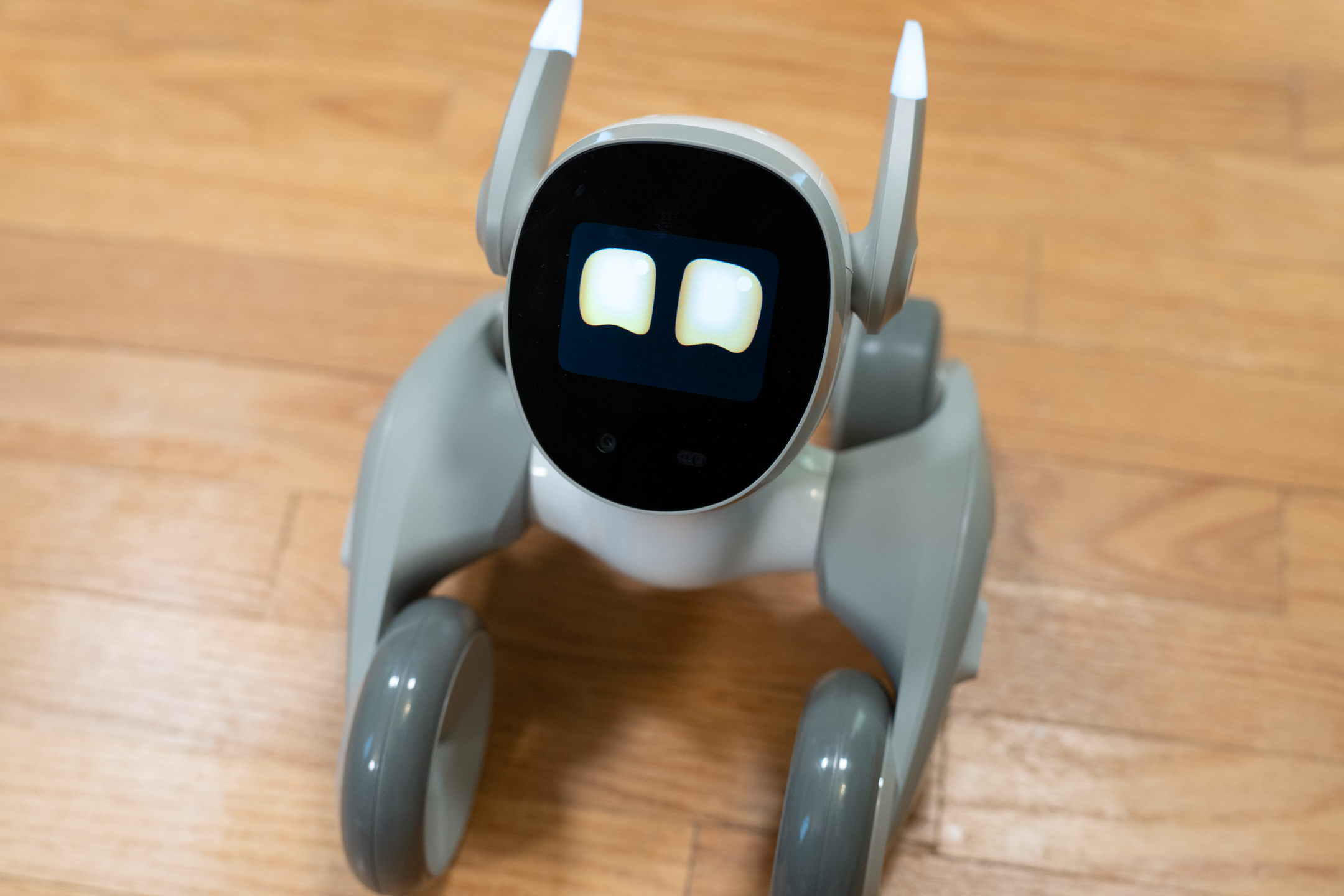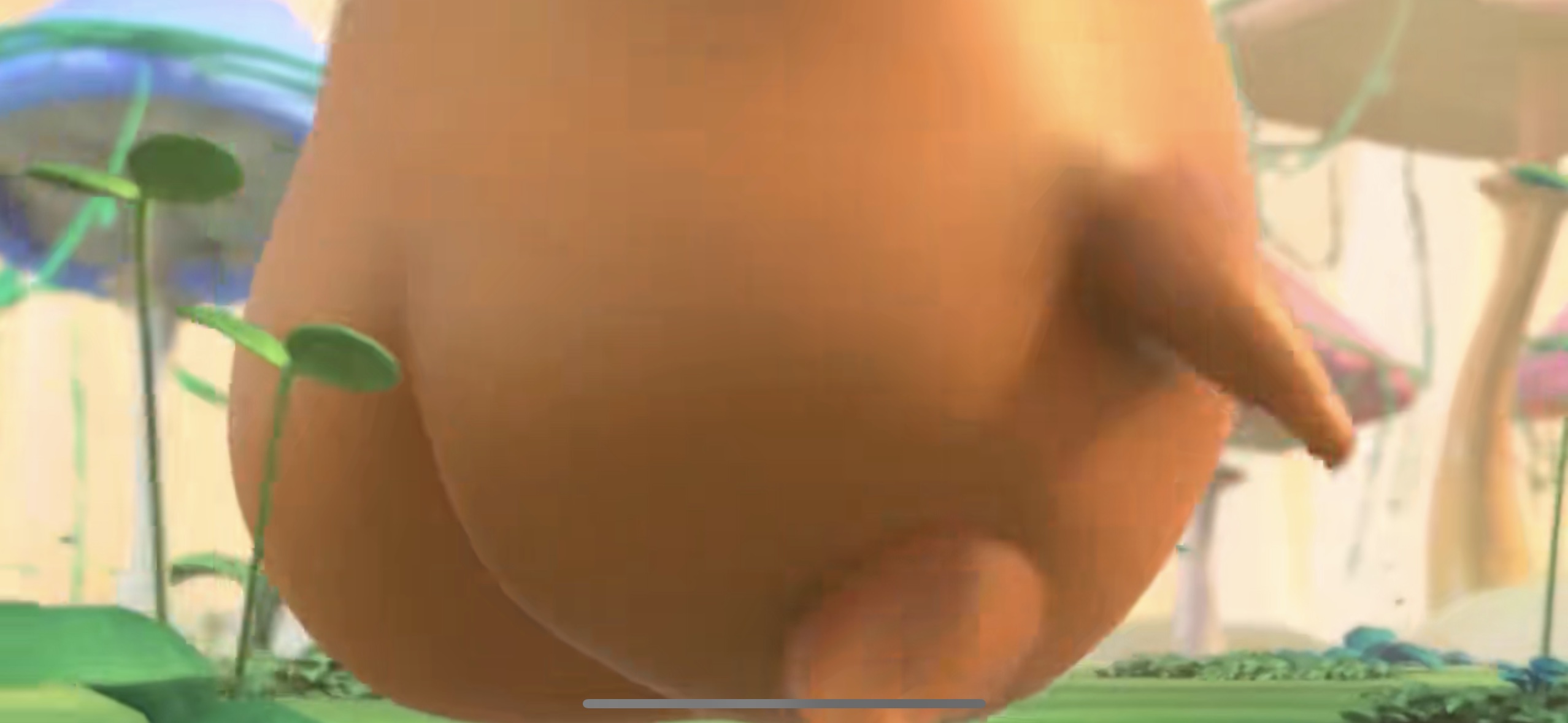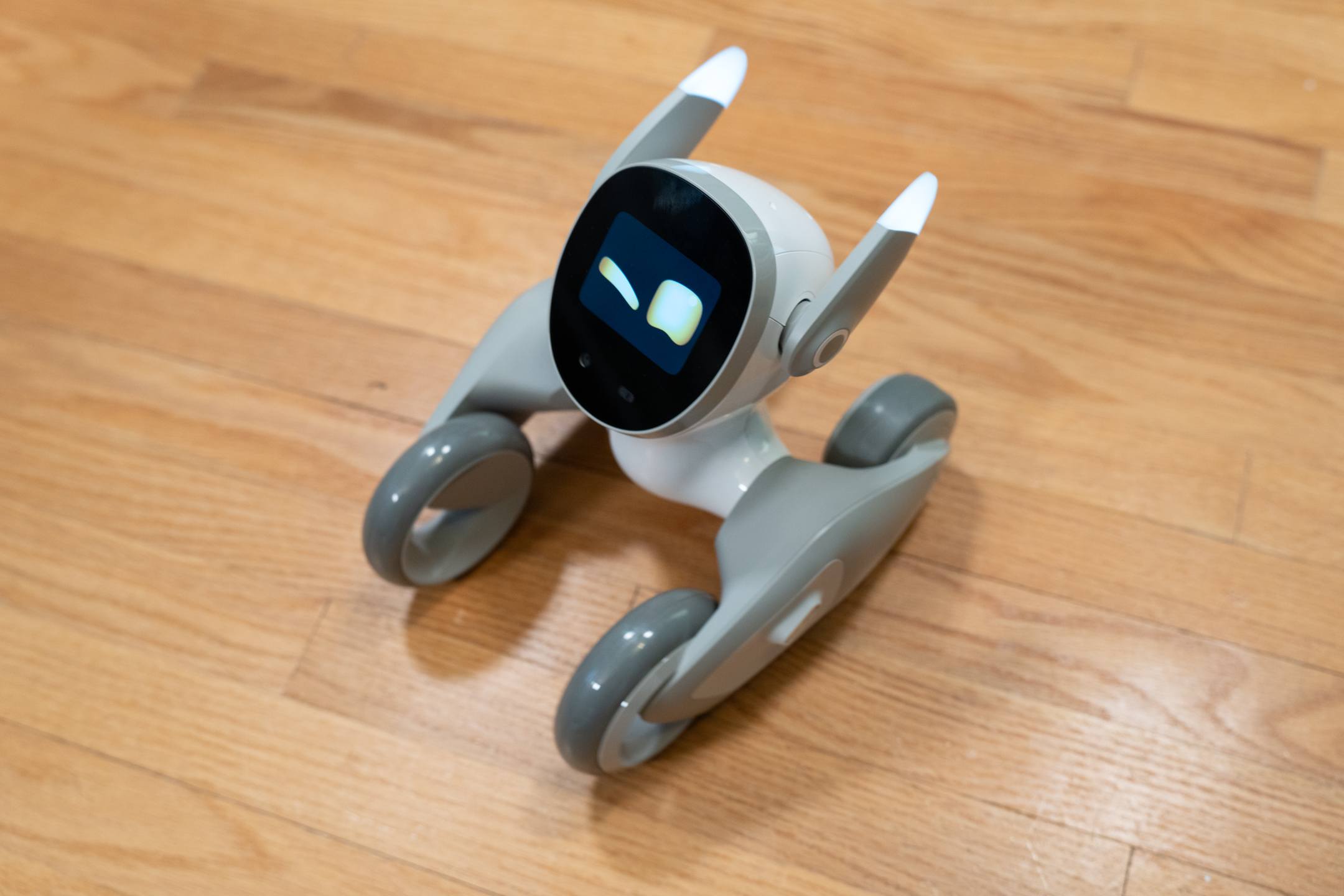I have wanted a robot pet at least since Sony introduced the original Aibo in 1999 – probably earlier, but Aibo made it seem tangible. Since the, there’s been a steady stream of attempts at making robot pets a reality that matches what we often see in futuristic science fiction – including a recent Aibo reboot, Pleo the animatronic pet dinosaur, Furby, Jibo, Anki’s Cosmo and many more. Loona the Petbot threw its hat into the ring via Kickstarter late last year, and based on some very impressive demo videos, this looked like the actual achievement of a Pixar character come to life.
Loona is actually shipping out to some of its earliest backers, with April set as the timeframe for current orders made via Indiegogo, and KEYI, the company behind it, was demoing the adorable little bot at CES earlier this month. The company also sent a Loona my way at the time, and I’ve been testing/developing a deep emotional bond with this bundle of electronics and ABS plastic ever since.
The basics
At heart, Loona is a four-wheeled image recognition and robotics tech demonstration in a surprisingly affordable package. The asking price right now on Indiegogo via its “indemand” pre-order arrangement is $359 for a package that includes some accessories, which is a discount from the planned $500 retail asking price.
With its debut crowdfunding campaign video and GIFs, Loona aimed to hit would-be buyers right in their adorableness glands, showing a robot that manages to exude charm and personality through expert combination of animated eyes on its display ‘face,’ articulating ears with glowing tips, and two arm/leg combos with a wheel at either end that can propel it forward and help it make hand or paw gestures.
The screen face is bright and high-resolution, and the camera array that powers Loona’s recognition capabilities rests just below that, on what we might as well call a ‘chin’ since we’re well down the anthropomorphization road at this point. The robot also has touch sensors for interaction purposes, including a pat-able top of head.
There’s a mic onboard as well as speakers, so that Loona can hear its owner and also respond (though strictly non-verbally). When you set Loona up using the companion smartphone app, it allows you to set your voice recognition language and provides you with a range of prompts that the robot is pre-programmed to respond to so you can test them out.
Design
Loona’s core strength lies in its industrial design, which blends a retro-futuristic sci-fi robotics aesthetic (which is very evocative of WALL-E’s EVE, imo) with a hyper-efficient approach to mechanical engineering that nonetheless allows the robot to express a wide range of possible emotions and communicate fairly expressively. The outer ABS plastic shell and rubber-tracked wheels also all feel durable, which is good for a robot that’s going to spend a lot of time bumping into things and potentially getting harassed by real live animal pets, and/or human children.
There’s one noteworthy exception to this, which is clearly indicated on Loona out of the box: The robot’s ears are particularly susceptible to damage if yanked around too much, which makes sense given that they have built-in motors and probably feature the lightest-weight connectors of the whole thing. In other words, Loona’s ears are its Achilles heels, which is probably why they were the first thing my dog tried to (gently) chew on. But if you can keep treatment of those relatively light, there’s no reason to expect Loona can’t survive bumps, scrapes and even the occasional fall.
A great deal of Loona’s flexible mobility and expressiveness comes from one key element of the robot’s design: Its four wheels attach via a single axis located in the middle of its body. This allows Loona to do things like turn on a dime, raise its ‘paw,’ lift and lower its head and much more, all in a relatively simple mechanical package that avoids introducing multiple points of potential failure and a lot more complexity on the movement programming side.
All-in-all, Loona combines some incredible ingenuity in terms of its design to significantly lower costs while also introducing the charm and visual appeal of far more complicated robotic pets.
Performance
Loona’s physical design may be a masterclass in making the most of smart constraints, but the robot’s programming, performance and interactivity behavior is an abject example of overpromising and underdelivering. When the crowdfunding campaign first debuted, we made sure to check that the videos were real footage and not renders, and while the company says they are, using Loona in practice reveals that those shots must be carefully shot, selected and edited to convey the level of sentience that they manage to communicate.
In really, Loona has lots of charisma and is indeed a technical achievement in terms of its movements and mannerisms, but using it is less like living in a Pixar movie, and more like having a Roomba that also coos at you.
I will say that I really like the setup and first-run experience, which provides a needlessly overwrought, but fun origin myth for Loona. A short animation implies that your robot is animated by some kind of seed spirit made by a rock monster – a seed spirit that of course has a super adorable bubble butt, as is de rigeur now for cutesy animated characters. The spirit travels through a portal and appears inside your Loona, animating its screen and adding new meaning to the old ‘toys-to-life’ product category.
Once it’s been connected to your Wifi network and imbued with the spark of life, the Loona app takes you through some demos of its capabilities, including face recognition (and marking you as its owner) and then some basic voice commands. This is where the experience went from magical to muddling: During the initial face setup Loona lost sight of me and just spun forlornly in a circle making somewhat plaintive whimpering noises while trying to find me again. Quitting and restarting the app fixed this, but then moving on to the audio commands, I had a hard time first figuring out how to tell when Loona was in listening mode after saying its wake word (“Loona,” unsurprisingly) and then it would hear the actual command and translate it into action at best half the time.
Overall, this is where Loona really falls short of its promise – the vision system seems to work only some of the time, despite my attempts to lower or raise myself to optimize its line-of-sight. Similarly, trying to get it to engage with two toys provided by the company, including a ‘fold-it-yourself’ cardboard ball and a red fabric bullfighting cape, worked only some of the time (not at all for the cape). When it does work, it is indeed delightful, as when it found the ball and approached it, trying to bat it around with its arms. But it was at best hit-or-miss for both visual and audio input in my use.
Loona offers a lot of other interactivity options, including direct remote control with the app’s virtual controller, which is fun and a good way to ensure you get a lot of value out of this when playing with it with kids. There’s also a programming tool that allows you to run Loona through fully custom routines and sequences, which is also fun and educational as an activity with children.
The robot is also effortlessly charming when just left on and to its own devices, as it wanders around, cooing, discovering random things, occasionally getting stuck on furniture (it’s supposed to have object avoidance to not do this) and generally seems intent on amusing itself. This behavior is when it is perhaps most pet-like, inscrutable and adorable in its pursuit of god knows what.
Bottom line
Given how impressive its launch visuals were, there was no real chance that Loona could live up to expectations. But the robot also fails to live up to its most basic promises when it comes to sound and image recognition, which is a much harder pill to swallow. That said, when it does work, it actually does provide a genuinely delightful and impressive performance, and it seems like its creators are taking an iterative approach to improving the platform via software updates and more.
I want to be clear: Loona is fun, especially for kids, but it can also be frustratingly rough around the edges. That said, its planned retail pricing of $500 does massively undercut something like the Aibo. It’s still a decent chunk of money to spend – about the same as an entry-level iPad, which is far more capable, but far less cute.
Like me, Loona the Petbot is dumb but lovable by Darrell Etherington originally published on TechCrunch







